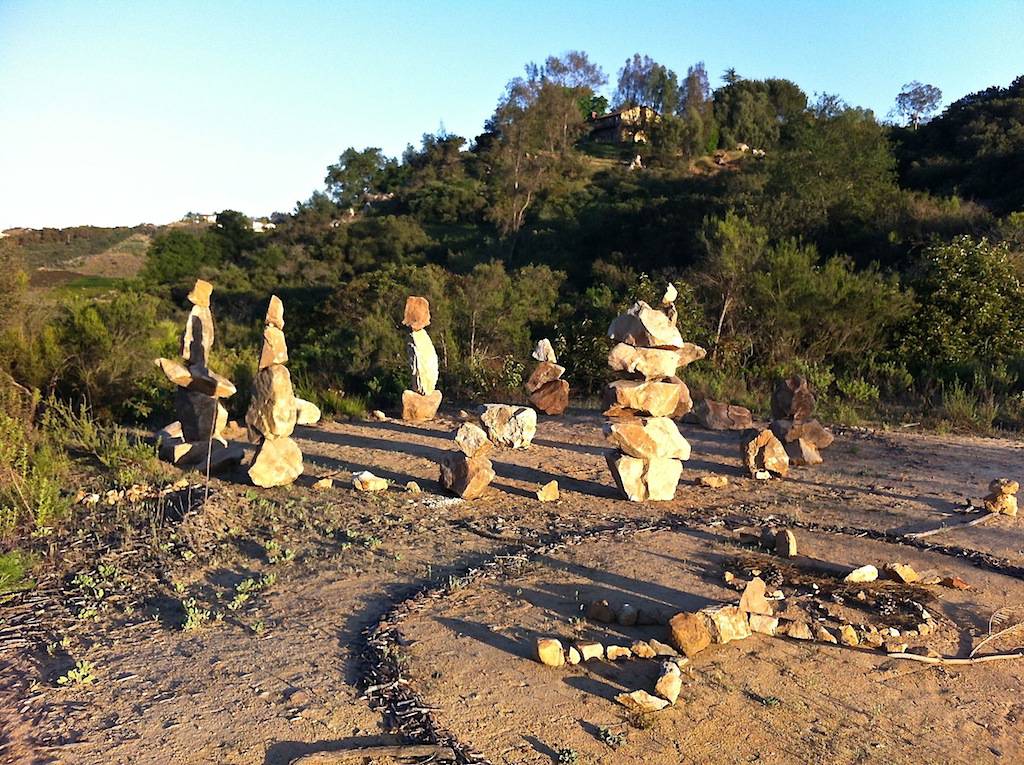Happy Monday!
It’s a great day to be Alive!
Dream teams represent groups of people who have come together to accomplish an objective that offers mutual gain for everyone involved.
Dream teams often include family members, friends, and a variety of other people who may contribute in a wide variety of ways, such as technicians. Experience provides evidence that even among the most loving family members and friends on dream teams, conflicts do arise.
In my own life experience, I’ve found that the most common causes of conflicts on a dream team are:
1. Not having a clearly defined dream, goal, or objective.
2. Not having a clearly staged plan that everyone can follow and use to understand what’s expected of them, and when.
3. Lack of clear communication.
Here are some simple tips I can share from my own challenges with dream team conflict resolution:
1. Always remember the A, B, C’s of effective dream creation. They are expressed backwards with regard to the mnemonic:
C = Clarity: Your plan must be clear. There shouldn’t be any, “Well, I’m not sure how I will handle the costs of the new printer but I hope we figure it out before it’s time to run our company training” type situations.
Part of being clear when developing a dream plan for a dream team is to be clear about what you best provide to the team and what exactly you will do and what they can expect of you.
Next, we must also make sure everyone is both clear on what their role is, and that they are happy with it.
When you set up a dream team, it is essential to be clear on what each person’s personal gain or benefit will be for contributing. That saves problems later on when someone may feel they are doing more than others, should be paid more, or gain more, etc.
B = Belief: If you are the leader of a dream team, it is essential that you believe in your own dream, your own project and process.
If you haven’t fully sold yourself on the project and process, your own confusion is likely to create insecurity on your dream team.
Be clear with yourself first, and it’s much more likely that you will be clear to your dream team!
A = Action: Lack of effective action is a common cause of trouble on any dream team.
Typically, the parent(s) of the dream are the most motivated, and therefore action oriented (as any business owner can assure you!).
Taking action, in my experience of heading many dream teams, happens best when everyone’s tasks are clearly outlined in a working plan. Having objectives staged and dated, with each person’s tasks clearly defined goes a long way to avoiding unnecessary conflict.
For example, if your plan says something like, “we will meet weekly to update each other”, but doesn’t specify a date and time for each meeting, you are likely to have poorly attended meetings.
The meeting time is likely to be announced at the last minute and schedules may be hard or impossible to change to fit the meeting in. In short order, you can have people working at cross-purposes, creating unwanted resistance.
In my experience, once the dream is clearly defined, clarity has been achieved, and belief is congruent with the dream, investing the time, energy and money to create a well crafted, easy to read and follow plan is critical to success for the whole team.
Having a background in the military, my personal tendency is to expect that when someone opts-in for a project or dream team experience, they are ready and willing to execute.
If you tell me you can assemble or disassemble a piece of equipment and that task falls into your category of participation on the dream team, I expect you to get the job done, effectively and in a timely manner!.
Well, it turns out that that’s not a realistic expectation unless you are in the 82nd Airborne Division with highly trained and highly motivated soldiers.
By having a clear plan and qualifying each member on the dream team, you can plan and stage action items more effectively.
Without a clear plan, it’s pretty hard to qualify the team members and decide which action items they have the skills, abilities and willingness to carry out.
So what you get is something like this: “OK team, we’ll need someone who can assemble and disassemble the mobile kitchen when we meet at the property to build the house each weekend. Who would like to take on that task?”
Bob raises his hand and says, “I can do that. I live pretty close to the property so its easier for me to get there early and start setting up.”
Thinking all is well, you show up to find Bob sitting there and no food, hot water, and therefore, nothing to eat and a big slow-down! The team leader shows up and finds that everyone is digging through trunks and purses to find tools and that nothing’s ready.
Naturally, emotions can percolate and personality clashes can begin then and there!
If at the time Bob offered to do this task, the dream team leader were to have qualified Bob for the job by asking:
1. Bob, do you have any mechanical or electrical repair experience?
2. Have you ever completed a task of this complexity by yourself?
3. Do you have the tools you see listed on the plan under “Mobile Kitchen Set-up”?
4. Are you willing and able to complete this task Bob?
These tips are small, but they turn out to be BIG, VERY BIG once the dream-building process begins.
I hope you enjoy building your dreams each day. I’ll share more about managing your dream team and avoiding unwanted conflict in my blogs this week.
MY WEEKEND
This weekend, Angie Lustrick came to visit me to work on concepts for my upcoming public health program. While she was here, we got outside and did some rock stacking together – I process information much better when my whole body is engaged.
As I was walking out the door behind her, she was facing me with her camera and she said, “Stop there. I’ve got to get a picture of this.” Then she said, “Just hold still, there’s a lizard on either side of you, which is pretty cool.”
You can see the lizards just to the side of the outside lights. It turns out that those outside lights generate a “food source” for birds and lizards. At night, the bugs huddle around the light and in the morning, the wall area around the lights looks like a windshield after driving through a bug swarm; not too attractive.
But within a few hours each day, between the lizards and birds, it gets cleaned up beautifully, as you can see in the photo.
Here you can see what became of our project. Soon, the ground within the circle will become a living mandala.
I take a stick and draw my various symbols and titles on specific shapes and then I walk, do tai-chi and other methods of whole-body-mind processing. This method helps me synthesize large amounts of complex information efficiently, while being outside in the sun and getting some exercise.
Thanks for all your support Angie! Love the photo!
To join me for my next zen In the Garden Workshop next month, Saturday, May 25, please register by clicking on the picture below:
I finished my drawing of Dr. Movement a few days ago. It took some time because I can only work on it at night after my work-day is finished.
By the time I get home, do tai-chi, jump in my IR sauna for a little inner-cleaning, and heat up my dinner, there’s not much time left before bed.
The sun represents the “Work-Out” aspects of Dr. Movement, and the moon represents the “Work-In” aspects of Dr. Movement.
The owl represents the soul and the wisdom of the Universe, while the baby bird around Father Sun’s left eye (with red tail feathers) represents the ability to give birth to souls and nurture them.
I hope you enjoy my rendition of Dr. Movement.
Love and chi,
Paul Chek











